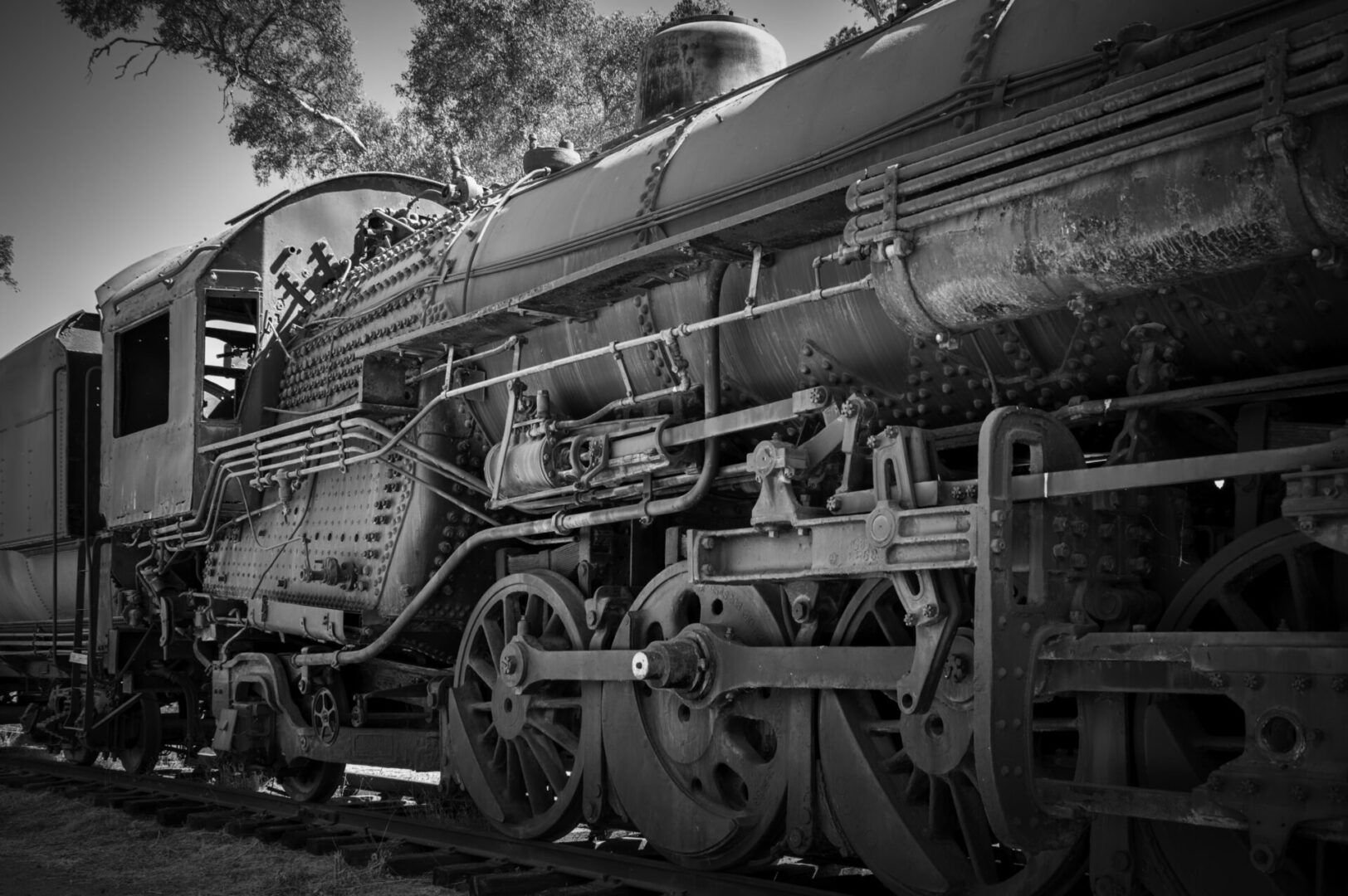
The Southern California Railway Museum, formerly known as the Orange Empire Railway Museum, is located in Perris, California, and is a fascinating destination for train enthusiasts and history buffs, not to mention it’s loads of fun. Where else do you get the opportunity to ring the bells on a locomotive that’s over a century old?
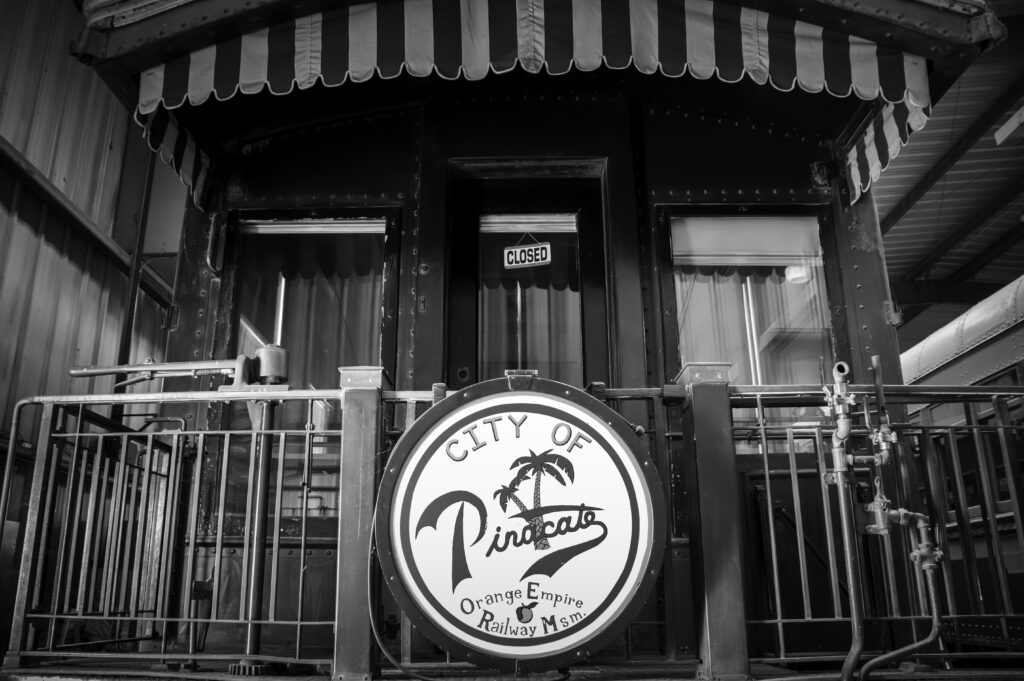
Originally located in the town of Pinacate, the museum is home to a remarkable collection of vintage locomotives, passenger cars, and trolleys, brought from all over the country to provide visitors with a captivating glimpse into the region’s rich railway heritage. One of the highlights of the museum is the opportunity to take a ride on restored historic railway equipment, allowing visitors to experience the thrill of rail travel from a bygone era.
A lot of the embellishments on the cars were done in elegant metal engravings, including the signs. Some of the door handles were also carved so intricately you hardly wanted to touch them for fear you’d tarnish their beauty.
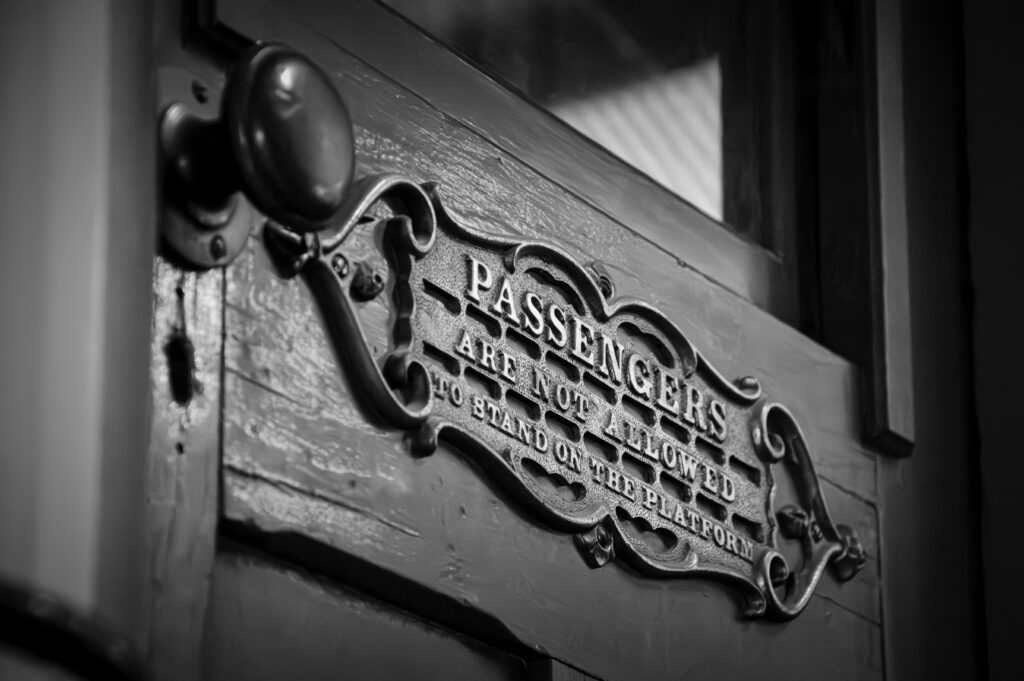
The museum offers a wide range of exhibits and displays that showcase the evolution of rail transportation in Southern California. Visitors can explore beautifully restored train cars, learn about the role of railways in shaping the region’s development, and gain insight into the technological advancements that have shaped the modern railway industry. The museum also hosts special events and themed weekends, featuring train rides, live demonstrations, and interactive activities that appeal to visitors of all ages.
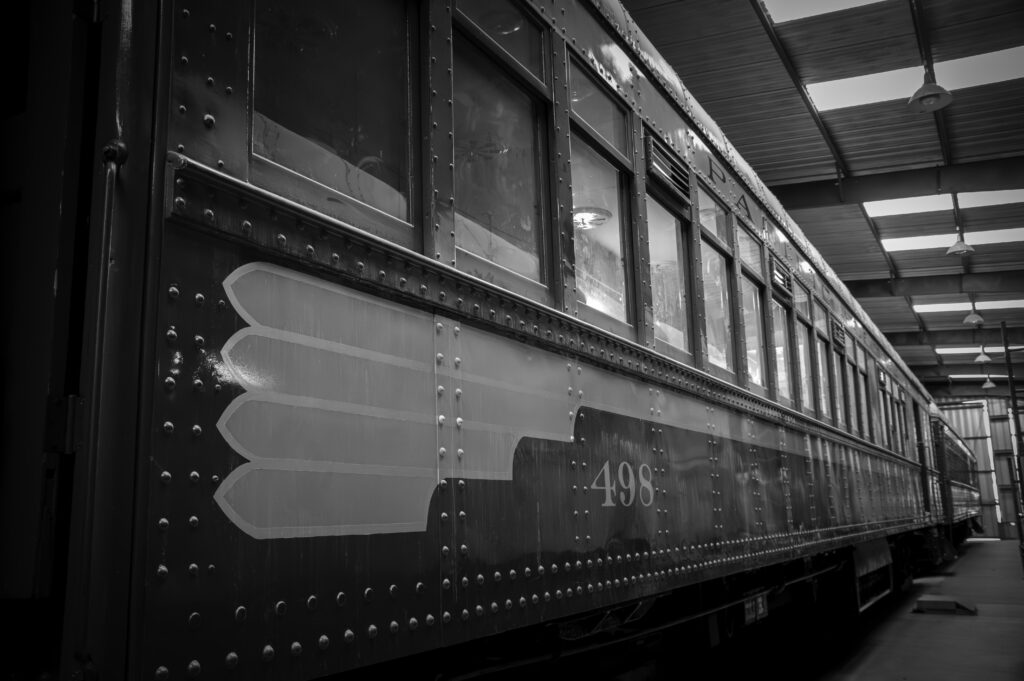
In addition to its impressive collection of railway artifacts, the Southern California Railway Museum is committed to preserving and interpreting the history of the region’s transportation heritage. The museum’s friendly, knowledgeable staff and volunteers are passionate about sharing their expertise with visitors, offering guided tours, educational programs, and engaging presentations that bring the story of Southern California’s railways to life. Whether you’re a railway enthusiast, a history buff, or a family looking for an educational and entertaining day out, the museum’s vibrant and dynamic exhibits have something to offer everyone.
The Southern California Railway Museum is not just a static display of trains; it’s a living, breathing tribute to the impact of railways on the development of the region. It’s the largest railway museum this side of the Mississippi, second only to the Illinois Railway Museum in Union, Illinois, which is the largest.
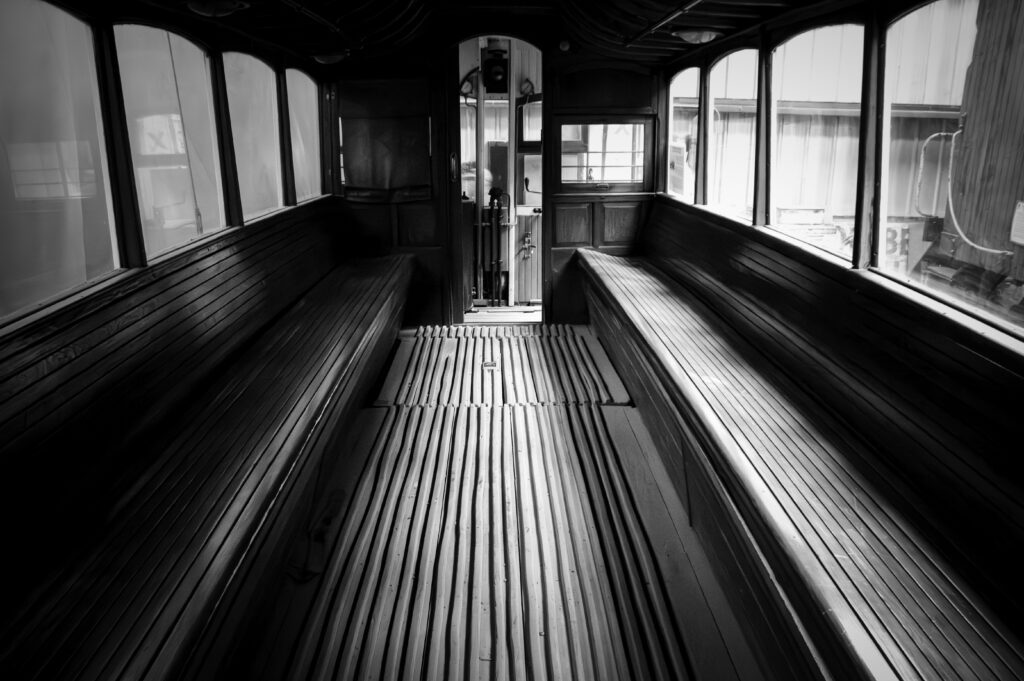
Being able to walk around inside the cars is truly an experience. The seats were beautifully plush and comfy and a designated smoking area was in the back of the car. Interestingly, there were strike plates for the lighting of matches, but no ashtrays. In one car, the floor was segmented so that the water from people’s shoes could drain away without the floor being a slippery mess on rainy or snowy days.

There was also a US Mail car and a Hospital/Kitchen car, the first being self-explanatory, while the second helped to transport wounded soldiers returning from the war in half of the car and the kitchen for preparing meals in the other half. It’s remarkable how they consolidated and used the space within the cars.
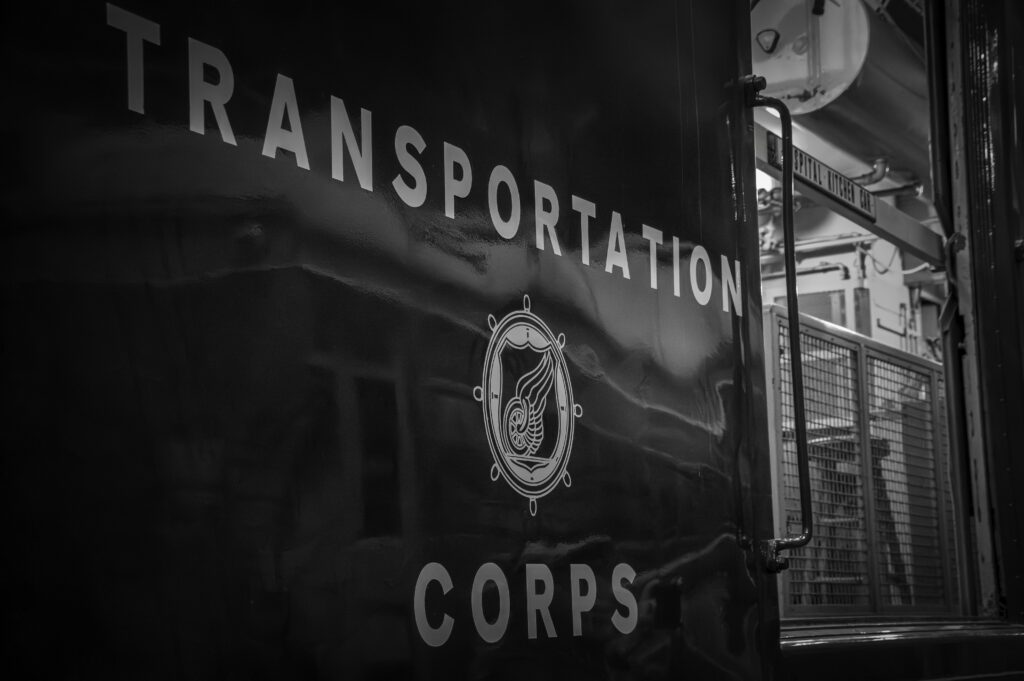
The museum’s restoration and preservation efforts ensure that future generations can continue to appreciate the significance of rail transportation in Southern California’s history. With its authentic atmosphere, diverse collection, and immersive experiences, the museum provides a unique and compelling way to connect with the legacy of railways that previously crisscrossed the country.
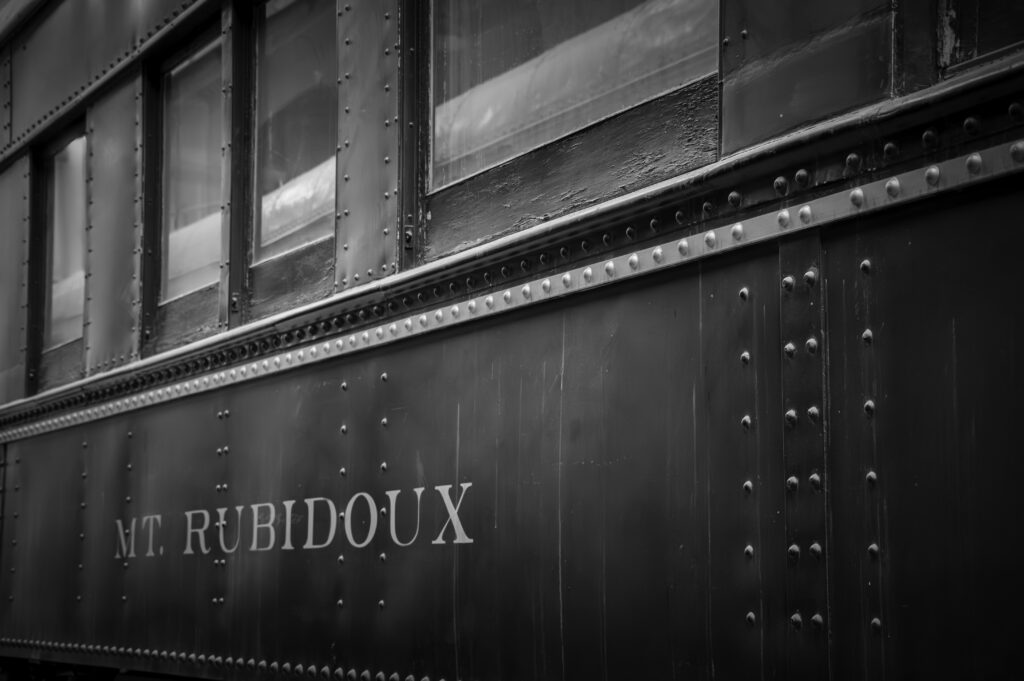
Today people use private jets to travel (if they’re rich enough). Then, you could have your own private railway car, like the Mt. Rubidoux, and you’d just pay the railway to haul you wherever you wanted to go. Pretty slick, not to mention stylish, if you ask me.
People don’t travel much by rail anymore, but if you get an opportunity to, take it. While it won’t be near as cool as it used to be, you will like it a whole lot. But before you go, pay a visit to the Southern California Railway Museum.
Go. You’ll love it, I promise.
Until next time . . .
